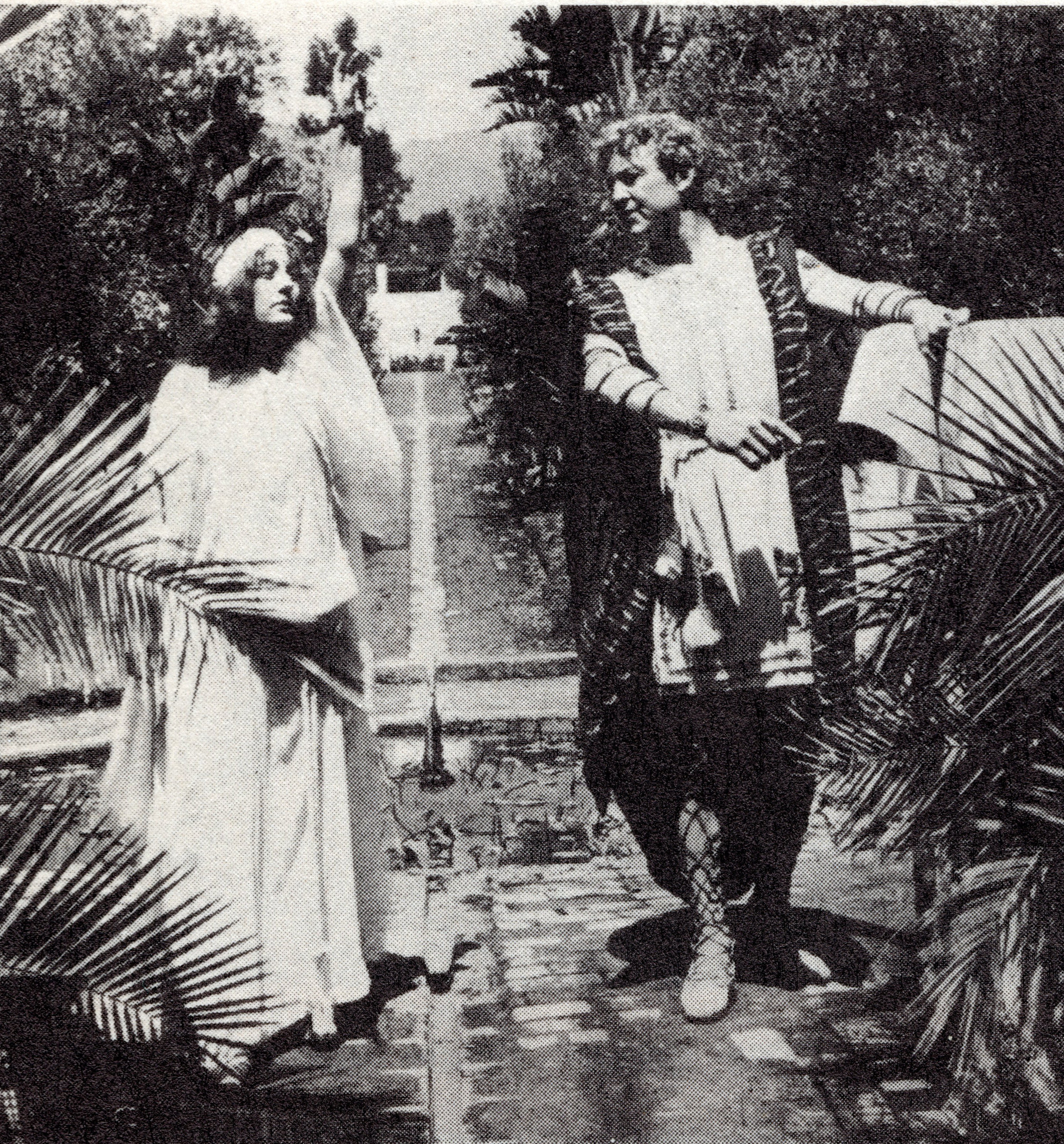The silent film era dominated cinema in the late 19th century into the early 20th century, producing well-known films such as “Ben-Hur” (the 1925 adaptation) or the original “The Hunchback of Notre Dame.” Actors during this era faced the peculiar task of portraying characters without the key element of sound. We still remember some actors who thrived during this time, such as Charlie Chaplin or Mary Pickford.
Did you know, however, that Lebanon produced a silent film era star who appeared in over 100 films? Her name was Betty Harte — a name fitting for an actress who no doubt captured the hearts of countless who watched.

Harte — born Daisy Mae Light — was born in Lebanon on May 13, 1882. Her prominent acting years were from 1908 to 1916, as she was the leading lady of numerous films and even wrote a few screenplays. Harte started out as a secretary, but an interview with the Selig Polyscope Company thrust her career into acting as the director of the company, Francis Boggs, signed her to an acting contract.
Together with Selig’s leading man Hobard Bosworth, she made her film debut in the 1908 16-minute-long film “Dr. Jekyll and Mr. Hyde.” Here’s Harte and Bosworth in a later film in their careers, “The Roman” (1910).

Harte would continue to star in films for six years, starring in feature films such as “A Woman’s Triumph” (1914), “The Buzzard’s Shadow” (1915), “The Heritage of Hate” (1916), and many others. For her 1914 feature film “The Mystery of the Poison Pool,” she was bitten by an angelfish while filming an underwater scene, as she was known for doing her own stunts.
Harte described herself as “Hollywood’s First Movie Queen,” a title rightfully belonging to one of Hollywood’s first leading ladies forgotten to time. While other actresses such as Mary Pickford are remembered for their lengthy careers in the film industry, Harte, as one of the silent era’s most prominent actresses, is far less celebrated nowadays.
After eight years of acting and screenwriting, Harte retired from her career in 1916. She married twice; once in 1907 to Frank Hardy, and another in 1917 to Ralph Lewis Kruger. A lover of birds and botany, Harte even had a massive bird enclosure at the Selig Polyscope Company while under contract.

Harte then seemingly disappeared from public life and records after her acting career ended. Though celebrated during her time, she is largely forgotten amidst other early leading ladies. A 1920 census revealed she was still living in Los Angeles, California with her husband.
Harte passed away on January 3, 1965, in Sunland, California. She’s buried in Glen Haven Memorial Park in Sylmar, California.

We’ll end with Harte’s doctrine of success:
“The more you travel, the more you see, the more you learn, the better your chance of interpreting even the smallest role correctly.”
Special thanks to Randy Jaye in the research of this article.
Questions about this story? Suggestions for a future LebTown article? Reach our newsroom using this contact form and we’ll do our best to get back to you.

Free news isn’t cheap. If you value the journalism LebTown provides to the community, then help us make it sustainable by becoming a champion of local news. You can unlock additional coverage for the community by supporting our work with a one-time contribution, or joining as a monthly or annual member. You can cancel anytime.
Thanks to reader Missy Long who sent the Find a Grave link.











![[Photo Story] Views from above at the 2024 Lebanon Area Fair](https://images.lebtown.com/uploads/2024/07/2024-lebanon-area-fair-1200x630.jpg)


















